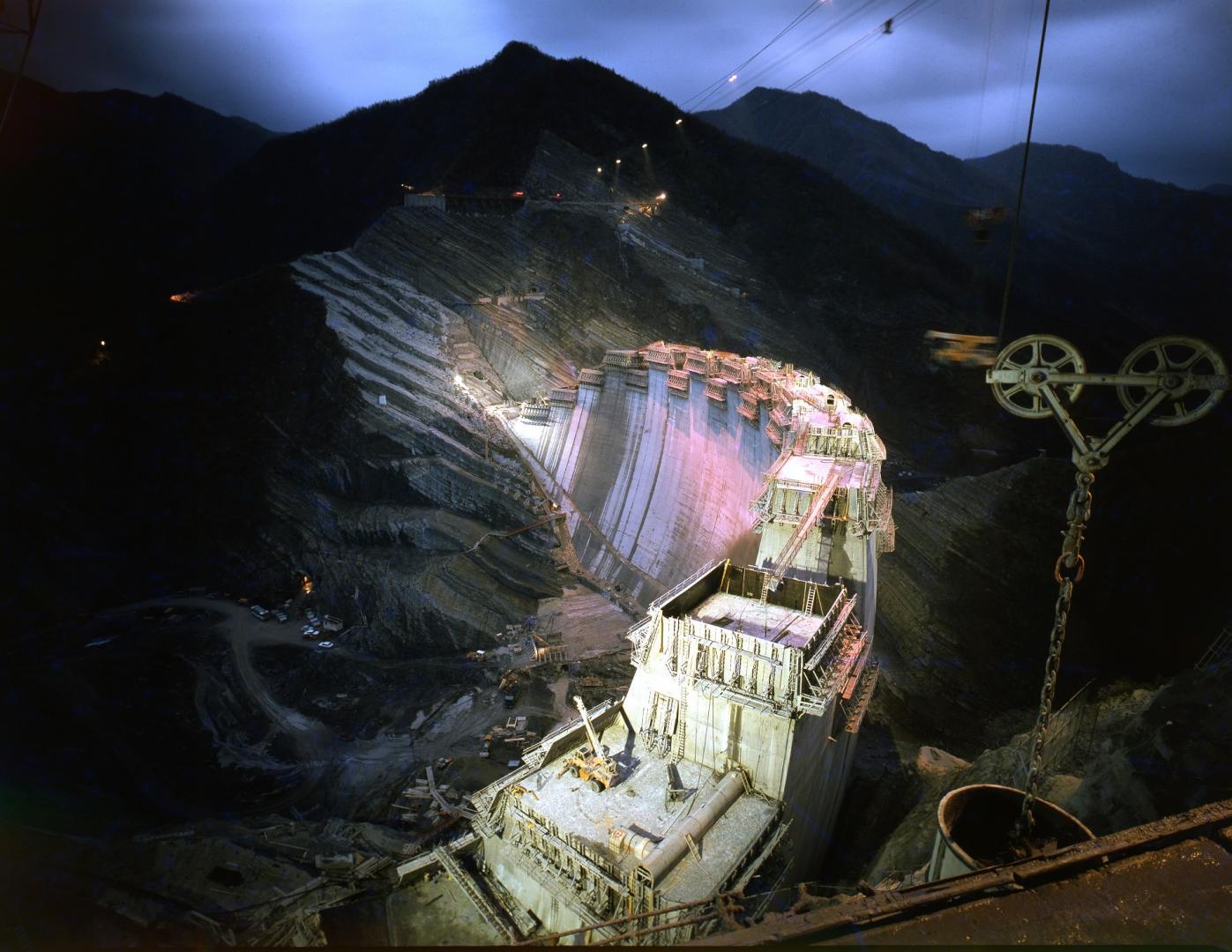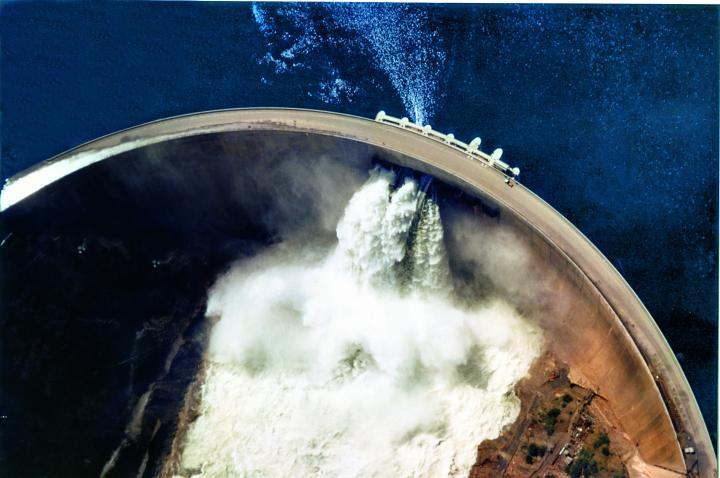Farewell to Vincenzo Lodigiani: the heir of a dynasty of great builders

When, in 1964, a group of quarrymen from Carrara reached the banks of the Nile, to perform the unique feat of dismantling and moving the temples of Abu Simbel, which risked being submerged by the waters for the construction of the Aswan dam, Vincenzo Lodigiani was the designated heir of a dynasty of great builders.
For the man who embodied the third generation of a family who, from his grandfather Vincenzo to his father Luigi, had founded and made the Lodigiani company great, winning that challenge was not only a personal achievement, but the sign of avant-garde technical skills achieved by Italian companies around the world.
And the construction world today mourns the death of Vincenzo Lodigiani, who died at the age of 88, after having linked his life to some of the greatest works ever to be built, both in Italy and abroad.
The Salvage of the Temples of Abu Simbel
Abu_Simbel_Rescue_Egypt_3

His is first and foremost a family story: It all began in 1906, when his grandfather Vincenzo founded Lodigiani, in Piacenza. The company since its early years, specialized in building complex infrastructure: from the first works built in the Piacenza area, to the subsequent plants that brought electricity to the Lombardy region and its railway lines.
From the 1920s to the post-war period: building to create value
In the 1920s, the company was involved in building the Parma-La Spezia and Genoa-La Spezia railway lines, but also the Recco Bridge (rebuilt after the bombing, in prestressed reinforced concrete, used for the first time in Italy), the mechanical workshops of the Port of La Spezia, and the Mignano sull'Arda dam, where conveyor belts were used for the first time to transport materials to the construction site.
Still, it is not just the great works that link the history of this company to Italy’s. During the Second World War, Lodigiani, was carrying out works on the Swiss border. It managed to save many people, disguising them as workers: In those difficult days, cableways, usually used to reach the construction sites, became an opportunity for escape and rebirth, for many Italians.
Vincenzo Lodigiani, represented the third generation of a family of builders. He grew up in this corporate culture, believing that his company was destined to build large complex works.
And this was true. In fact, during the post-war period, the company had already started working throughout the Italian territory, and also abroad: in Southern Italy, it built hydroelectric works; in Greece, in the Peloponnese, it built a dam; or again, on the Italian-Swiss border, it raised the Val di Lei dam.
Diga_di_Ancipa-Italia
The 1950s: the Kariba Dam, one of the largest dams in the world
Still, one of its most significant works, and also for the history of the Webuild Group, is certainly the Kariba dam. It was built in the 1950s, on the Zambezi River, on the Zambia-Zimbabwe border.
The work was financed by the World Bank: 800 Italian and 5,000 local workers were involved in its construction. Building the Kariba dam, which would become one of the largest dams in the world, was a collective commitment. Lodigiani built a school for the Italian families working there, and tennis courts, a swimming pool and a church.
Kariba's success earned Giuseppe Lodigiani, Vincenzo's uncle, the recognition of Knight of the British Empire. He received the knighthood directly from Queen Elizabeth II, during the inauguration.

The Kariba Dam: a cyclopean work
In 1959 the Kariba Dam was inaugurated, one of the largest and most spectacular water works on the African continent, between Zimbabwe and Zambia. 128 meters high, 975,000 m3 of concrete and an artificial reservoir of 185,000,000,000 m3: one of the largest dams in the world.
The most important works in modern Italian history
And Vincenzo himself, when he became Lodigiani’s chairman, inherited this enormous wealth of knowledge, experience and technique. A historical background that allowed Lodigiani to become the second Italian company, in terms of turnover, just slightly behind Cogefar, another Italian giant of the sector, at the time, which will also flow, later on, into the Webuild Group.
The same baggage provided Lodigiani with the ability to create some of the most important works in modern Italian history: Several lots of the Autostrada del Sole, the Reggio Calabria airport, a section of the Brenner motorway, the Florence-Rome direct line. Also, in 1995, as Impregilo, the Bologna-Florence high-speed railway line, one of the most complex projects, but also one of the works that greatly and positively impacted Italy.
Direttissima_Firenze_Roma-Italia
Vincenzo Lodigiani represented the third generation of this dynasty of builders. With other companies too, he gave birth to Impregilo, which finally turn into the Webuild Group.
Today, as leaders of the Italian large infrastructure sector in Italy, standing as one of the best global players of the sector, our Group also wishes to remember Vincenzo Lodigiani. His legacy and his company’s, in fact, part of the DNA of a Group that, to this very day, is inspired by a desire to build infrastructure that is capable of improving people's lives.